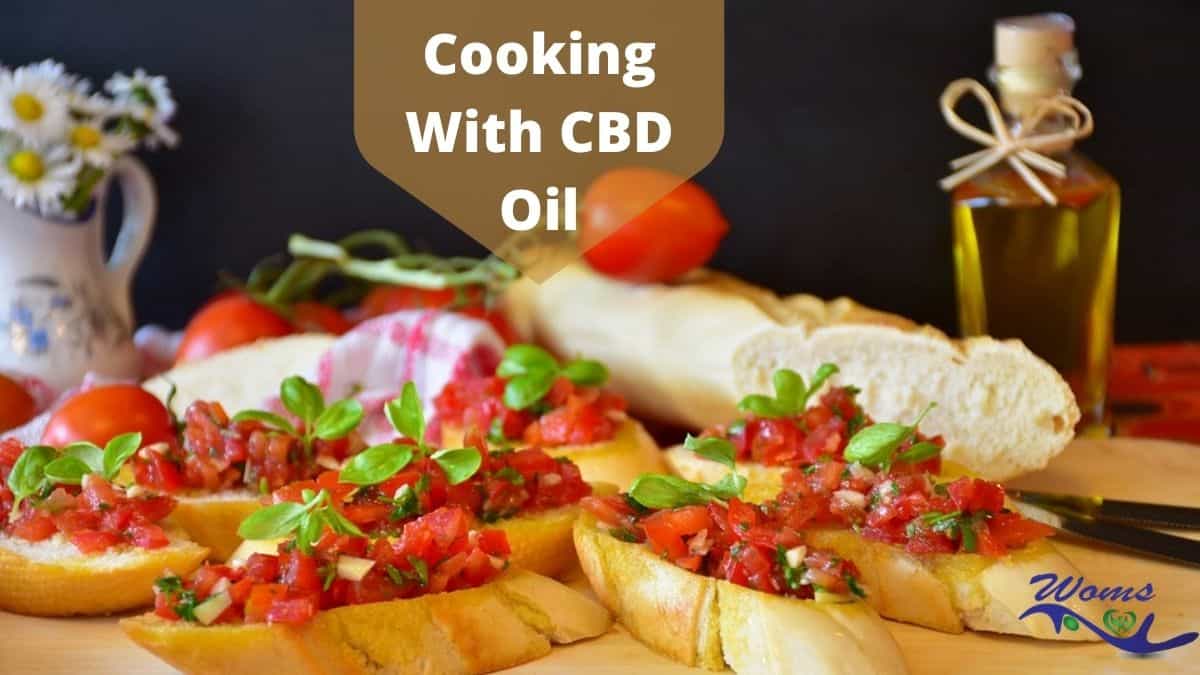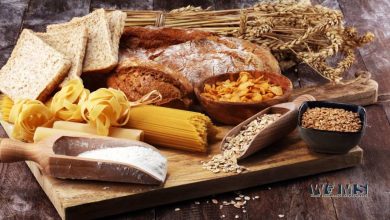Cooking With CBD Oil And Cannabis

Cannabidiol has grown tremendously in popularity, with manufacturers finding innovative ways to infuse the substance into everyday items to make application easier and more convenient for users. There are various forms people can opt for with the compound, but edibles seem to be among the favorites for those new to the substance and especially for people who enjoy cooking.
Because the demand for cannabidiol and cannabis is increasing steadily, the prices have substantially dropped, allowing more people to try the substances. The flavor has much to be desired, with a bitter, earthy taste creating an ideal opportunity for users to experiment with cooking recipes using the compounds to mask it.
While edibles’ effects take much longer to “kick in” than most other methods, the longevity is substantially greater. Users must determine if they want something that acts instantly but wears off quickly or a product that takes a while to react but will last significantly longer.
The suggestion is that food items will instill a “full-body” effect of greater intensity and longer duration than other forms of administration. There are techniques that you want to incorporate when attempting to cook with cannabidiol and CBD, such as:
- Practice Will Ultimately Make Perfect: Even those who qualify as a “chef extraordinaire” will feel like a beginner when creating CBD-infused dishes. It is a unique form of cooking that takes practice as with any other cooking specialty to be successful, with initial attempts likely not being fabulous.
It doesn’t mean that it’s impossible to eventually discover the right combination to make the compound work with standard ingredients to create the dishes you’re hoping for, not only beneficial for overall wellness but appealing for your taste buds. (These dishes are not family-friendly – incorporate child safety measures.) Pull up this piece to learn about CBD and kids.
- CBD And THC Are Fat-Soluble: The primary cannabinoids in cannabis, CBD, and THC, are fat-soluble, meaning these will not dissolve in water well. If you combine these with other compatible substances like coconut oil, olive oil, or butter, these work well to release the CBD into the foods. It might prove a little more challenging with water-based options.
- Watch Your Temperature: You have to be careful not to use higher temperatures when cooking with cannabidiol. This elevation in heat can degrade the CBD and other beneficial components.
Experts tend to agree that you should work at a low temperature and slowly heat the food. This would equate to approximately 200 to 250 degrees F to prevent boiling off or degradation. It’s a “double-edged sword.” In one way, the compound needs heat to be released, but if you use too much heat, you suffer the destruction of the substance.
- Selective Ingredients: You want to be careful and do research as to what products mix well with CBD and search for recipes. Some creations can result in unpleasantness or undesirable aromas. The ingredients should be of high quality with the best “flavor profiles” to get the ideal outcome.
Once you get a feel for how it all works together, you can begin to get creative with your own specialty dishes.
There are boards specifically designated to help users learn how to enhance the flavor of foods cooked with CBD and Cannabis eliminating the unpleasantries that the products produce.
As is true with each form of CBD oil, it’s essential to ensure that the compound is of the highest quality even in the case of edibles so that you receive the greatest benefit from the substance properties.
Final Thought
When you are creating specialty dishes with either CBD or cannabis, known to be strictly for your consumption, items of this nature need to go in a sealed container appropriately designated as off-limits. CBD-infused foods need to be kept up in an area where children and animals are unable to have access to maintain the safety and wellness of everyone.




